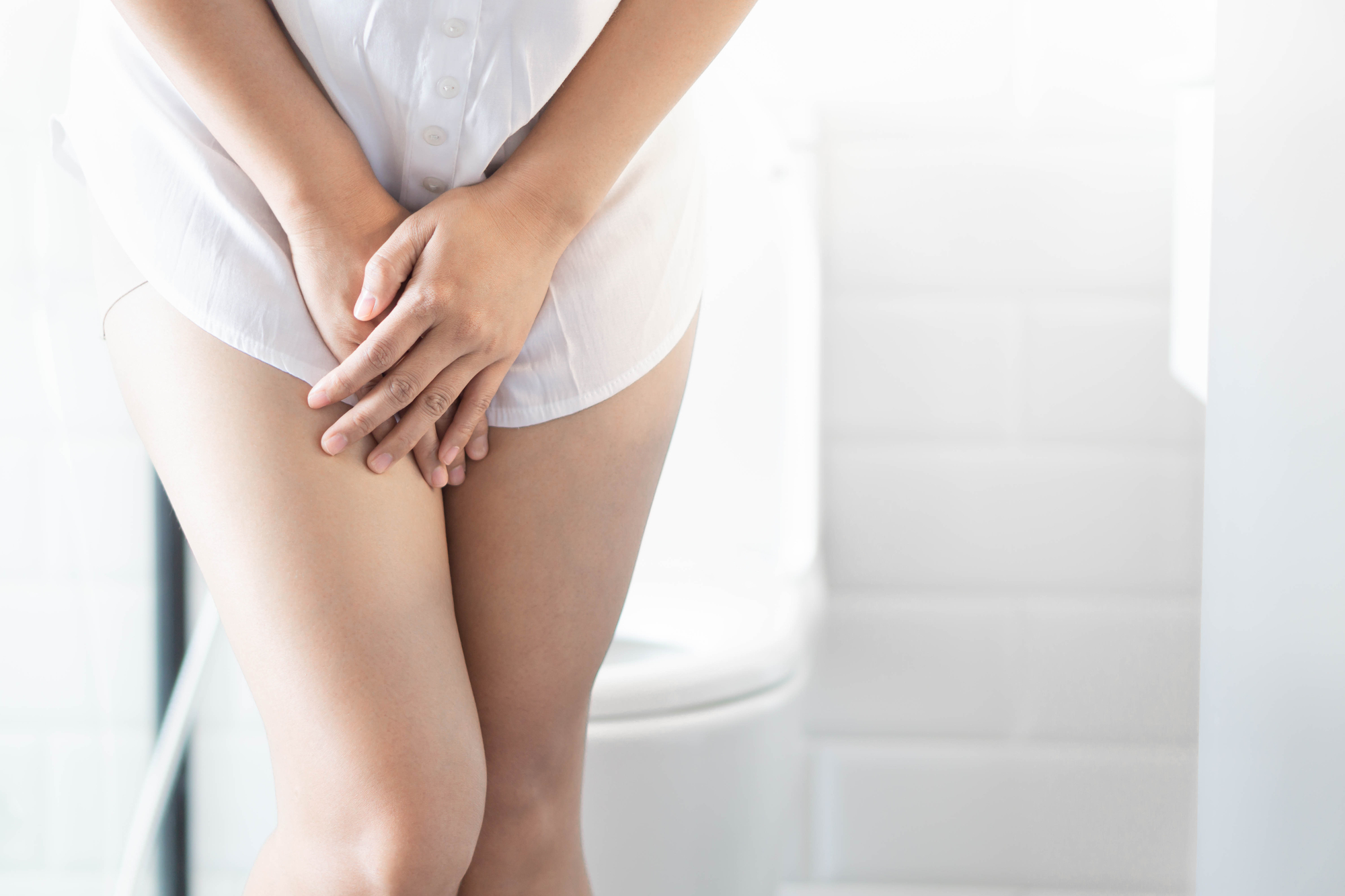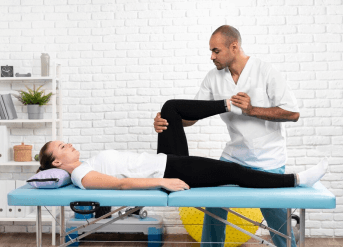Understanding Urinary Incontinence
Do you ever find yourself leaking urine when you cough, sneeze, exercise, laugh, or bend down? If so, you may be experiencing urinary incontinence, which is when you have trouble controlling your bladder and urine leaks out involuntarily.
Types of Urinary Incontinence
- Stress Incontinence: This occurs when pressure is put on the bladder during activities like coughing, sneezing, or lifting. Treatment involves retraining your pelvic floor muscles to activate during these activities.
- Urge Incontinence: This is when you have a sudden urge to urinate and can't hold it in. Treatment involves urge suppression strategies to retrain your bladder and change behaviors that may be causing the urge.
- Mixed Urinary Incontinence: This is a combination of stress and urge incontinence and requires a combination of muscular and behavioral retraining.
- Functional Incontinence: This occurs when an impairment makes it difficult to get to the bathroom on time, such as using a wheelchair or having difficulty pulling down your pants. Treatment involves a whole-body approach with a physical therapist.
- Overflow Incontinence: This happens when you have difficulty fully emptying your bladder, causing urine to dribble out. Treatment involves techniques to fully empty your bladder while on the toilet.
- Neurogenic Bladder: This occurs when you have difficulty controlling your urine due to a neurological diagnosis. Treatment can involve catheters or other methods.
If you are experiencing any type of urinary incontinence, it's important to talk to your healthcare provider and get a referral to a pelvic floor physical therapist. They can help you develop a treatment plan that addresses your specific needs and helps you regain control over your bladder.
For more information on the above, check out our other blog posts where we dive deeper into how symptoms may present and different types of treatment options for each!






